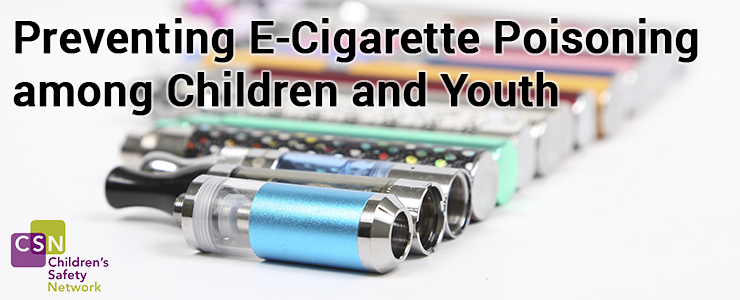
Synthetic cannabinoids, misleadingly called “synthetic marijuana” are human-made mind-altering chemicals that are either sprayed on dried, shredded plant material so they can be smoked or sold as liquids to be vaporized and inhaled in e-cigarettes and other devices. (1)
Also known as “K2,” “spice,” “crazy monkey,” and “Scooby snacks” this designer drug is often marketed as a safe, legal alternative to marijuana. According to the National Institute on Drug Abuse (NIDA), these drugs are not safe and may affect the brain much more powerfully than marijuana; their actual effects can be unpredictable and, in some cases, more dangerous or even life-threatening. (1)
In 2012, 11% of American high school seniors reported using “synthetic marijuana” in the past year, making it the second most popular illegal drug among teenagers. According to the Drug Abuse Warning Network (DAWN), 11,406 emergency department visits in 2010 were associated with “synthetic marijuana;” 75% were among adolescents and young adults ages 12-29; 22.5% of these visits involved females, and 77.5% involved males. (2)
In this webinar, Krista Osterthaler of the American Association of Poison Control Centers provided an overview of synthetic cannabinoids and the scope of the problem among youth. She familiarized participants with the system of poison control centers, the data they collect and their prevention-related resources. Ms. Osterthaler presented data on calls that poison control centers nationwide are receiving about synthetic cannabinoids, and the challenges the toxicologists face when deciding on an appropriate treatment protocol and advice.
Dr. Seth Ammerman of Stanford University shared his experience in working with patients who use “synthetic marijuana” and discussed his approach as part of general screening for substance use. He also reviewed the recent literature on “synthetic marijuana” use in adolescents and discussed available prevention efforts.
This webinar was moderated by Shelli Stephens-Stidham, the Director of Community Health Impact at Parkland Health & Hospital System, Dallas, and a member of the Children’s Safety Now Alliance (CSN-A).
(1) National Institute on Drug Abuse. https://www.drugabuse.gov/publications/drugfacts/synthetic-cannabinoids-k2spice
(2) Drug Abuse Warning Network, 2012. https://www.datafiles.samhsa.gov/study-series/drug-abuse-warning-network-dawn-nid13516